
Darin M. Dalmat is a Senior Partner at Barnard, Iglitzin, & Lavitt LLP—a law firm in Seattle, Washington, that represents unions.
Deference’s Work and Limits
Armed with the statutory basis for deference, what work does it actually do and what are its limits? Let’s begin with the limits, which illustrate the work.
While recognizing courts’ obligation to defer to reasonable Board interpretations of the NLRA, the Court has found Board orders unworthy of such deference in at least 10 cases. See NLRB v. Babcock & Wilcox Co., 351 U.S. 105 (1956); NLRB v. Insurance Agents, 361 U.S. 477 (1960); NLRB v. Brown, 380 U.S. 278 (1965); American Ship Building Co. v. NLRB, 380 U.S. 300 (1965); NLRB v. Yeshiva University, 444 U.S. 672 (1980); NLRB v. Longshoremen, 473 U.S. 61 (1985); Edward J. DeBartolo Corp. v. Florida Gulf Coast Bldg. & Construction Trades Council, 485 U.S. 568 (1988); Litton Fin. Printing Div. v. NRLB, 501 U.S. 190 (1991); Lechmere, Inc. v. NLRB, 502 U.S. 527 (1992); Epic Sys. Corp. v. Lewis, 138 S. Ct. 1612 (2018). Specifically, the Court has declined to defer in the following circumstances:
(1) Interpretations of Other Statutes: Courts do not defer to Board interpretations of the NLRA that trench on rights and obligations established by other federal statutes, such as the Federal Arbitration Act. Epic Systems, 138 S.Ct. at 1629. This makes sense because Congress gave the Board no power, in Section 10 or elsewhere, to enforce other statutes.
(2) Interpretations of Contracts: Courts do not defer to Board interpretations of labor contracts, whose primary interpreters are arbitrators and federal courts, not the Board. Litton, 501 U.S. at 202–03.
(3) Atextual Policy Balancing: Courts do not defer to Board interpretations that amount to naked, atextual policy balancing, rather than interpretations of the NLRA’s actual terms. Insurance Agents, 361 U.S. at 499–500 (contra Board, union committed no ULP by exercising economic weapons to support bargaining position; Act doesn’t license regulation of economic weapons to constrain bargaining power); American Ship Building, 380 U.S. at 316–18 (contra Board, employer commits no ULP by backing its bargaining position with economic pressure because, again, Board doesn’t license regulation of economic weapons to constrain bargaining power); Brown, 380 U.S. at 290–92 (similar).
Careful readers will note the tension between these cases and Truck Drivers and Iron Workers No. 103, discussed in Part II, which deferred precisely on the theory that Congress charged the Board with the responsibility to balance conflicting interests to effectuate national labor policy. I side with Insurance Agents and its progeny: Board interpretations deserve deference when grounded in the statutory mandate to prevent ULPs and issue remedial orders furthering the declared policy of promoting collective bargaining and associational freedom; but “interpretations” that rest on nothing more than naked balancing of atextual interests have no statutory warrant and should be judicially condemned as exercises of raw policymaking untethered to Congress’s statutory commands.
(4) Interpretations Without Factual Support: Courts owe no deference to Board orders unsupported by factual findings. Yeshiva University, 444 U.S. at 691. This rule makes ample sense because Section 10 directs the Board to identify and remedy ULPs based on factual findings, not to make stuff up.
(5) Constitutional Avoidance: While courts generally defer to interpretations that are reasonable as a statutory matter, they avoid interpretations that present serious constitutional problems if unproblematic interpretations are available. DeBartolo, 485 U.S. at 575 (construing § 8(b)(4) to avoid First Amendment concerns); Babcock, 351 U.S. at 112 (suggesting obliquely that § 7 organizing rights had to be interpreted narrowly to avoid Takings concerns, as later elaborated in Justice Kavanaugh’s Cedar Point concurrence, 141 S.Ct. 2063, 2080–81).
(6) Interpretations that Trench on Authoritative Judicial Precedent: Courts owe no deference to Board interpretations of the Act that are inconsistent with authoritative judicial interpretations. Lechmere, 502 U.S. at 536–37.
Points 1–3 are variations of the uncontroversial idea that courts do not defer to Board interpretations where the Board exceeds its statutory mandate. Point 4 is the reasonable don’t-make-stuff-up principle. Point 5 rests on Constitutional supremacy—a point uncontroversial in principle, even though some of its applications, such as Babcock, may involve controversial constitutional interpretations.
This brings us to Point 6—an innovation that, I suggest, undermines the very idea of deference. Don’t take my word for it. Justice Thomas, who authored Lechmere, definitively refuted its animating principle in Nat’l Cable v. Brand X Internet Serv., 545 U.S. 967 (2005). Writing for six members, Justice Thomas there explained that a “court’s prior judicial construction of a statute trumps an agency construction otherwise entitled to [] deference only if the prior court decision holds that its construction follows from the unambiguous terms of the statute and thus leaves no room for agency discretion.” Id. at 982.
Justice Thomas did not make that showing in Lechmere, which treated its earlier precedent, Babcock, as setting the only permissible balance between the right to organize and employers’ property rights, 502 U.S. at 531–35, 537–39, even though the Court had approved other Board-approved balances since Babcock. Id. at 541–48 (White, J., dissenting). Brand X exposes Lechmere as judicial policymaking. In the half-century spanning Pennsylvania Greyhound and Lechmere, it should have been clear that the NLRA endows the Board with discretion to interpret the scope of Section 7’s right to organize, with a sufficient margin for different Boards to reach differing defensible opinions on how much access to employer property is needed to effectuate the associational freedom at the heart of the Act’s declared policy. In Lechmere, the Court acted as though its earlier precedent froze that question for all time, even though that approach flouts the scheme Congress set forth in Section 10.
To summarize, courts uncontroversially do not defer to Board interpretations that exceed the Board’s statutory mandate (e.g., when they interpret material outside the Act or cannot fairly be said to be interpreting the Act at all); that lack record support; or that would defy the Constitution. And, more controversially, they do not defer to Board interpretations that stray from prior judicial interpretations of the Act (without always making clear that the judicial opinion gave the only reasonable interpretation of the question presented).
Where none of those limiting principles are at play, the work actually performed by judicial deference becomes clearer. Sometimes deference drives the analysis, significantly increasing the burden on the party challenging the Board. E.g., Allentown Mack, Curtin Matheson, Pattern Makers, Sure-Tan, City Disposal, Ford Motor, and Republic Aviation. Sometimes it appears to be a makeweight toward the end of the Court’s substantive analysis, operating as a nudge toward the Board in an otherwise close case. E.g., ABF Freight, Beth Israel, Iron Workers No. 103, Erie Resistor, Truck Drivers, Denver Building Trades, Hearst Publications, Phelps Dodge, and Pennsylvania Greyhound. And in other cases still, deference appears only as an afterthought or rebuttal to an argument in a separate opinion. E.g., Weingarten, Gissel Packing.
While deference has long been the rule, the Court’s approach to following it has varied dramatically throughout its tenure.
The views and opinions expressed in this article are those of the author and do not necessarily reflect the views or positions of any entities that the author represents.
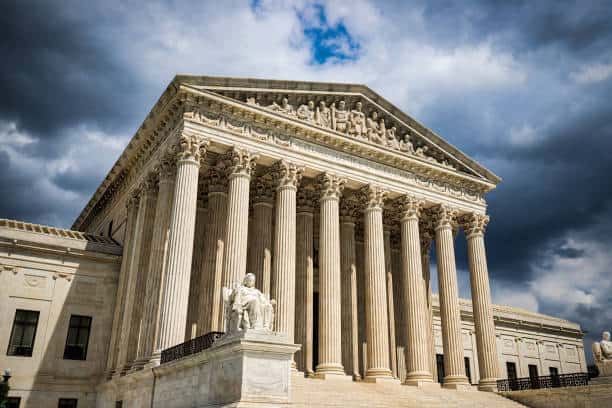
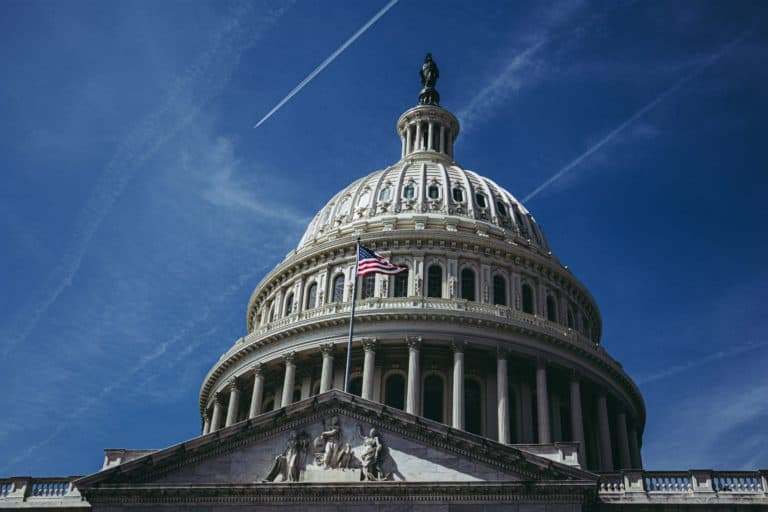

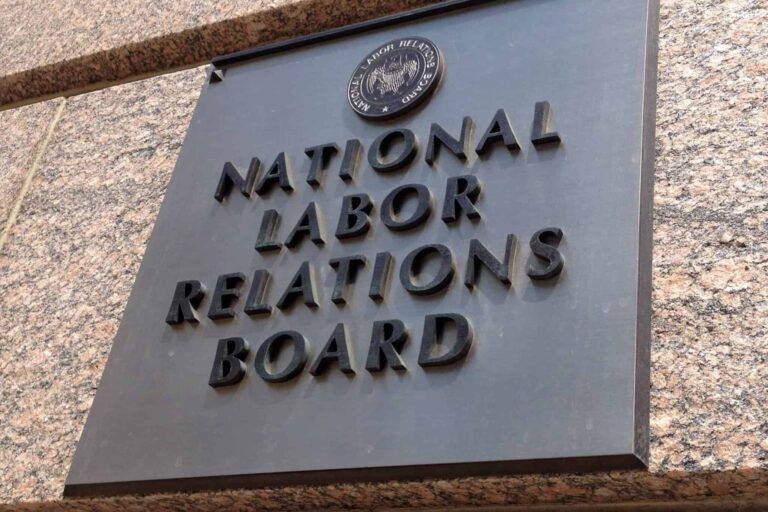

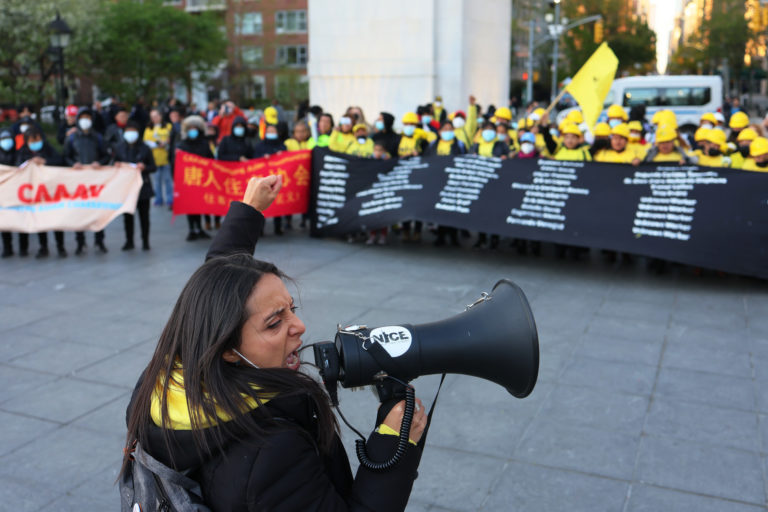


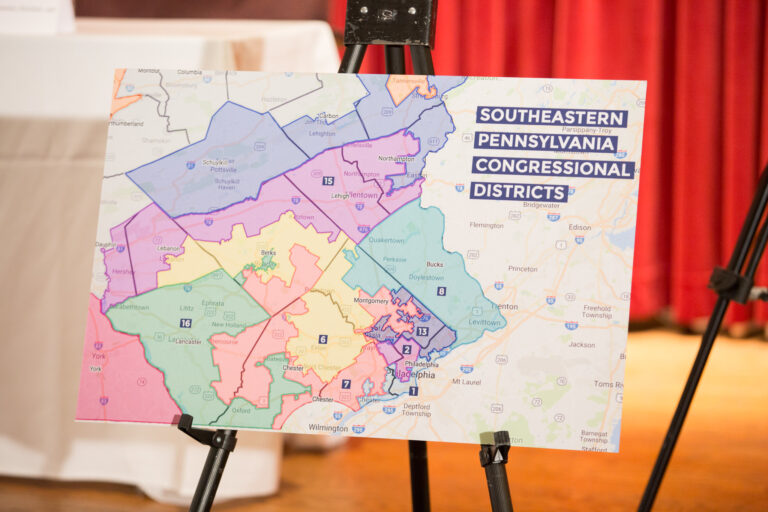

Daily News & Commentary
Start your day with our roundup of the latest labor developments. See all
December 18
New Jersey adopts disparate impact rules; Teamsters oppose railroad merger; court pauses more shutdown layoffs.
December 17
The TSA suspends a labor union representing 47,000 officers for a second time; the Trump administration seeks to recruit over 1,000 artificial intelligence experts to the federal workforce; and the New York Times reports on the tumultuous changes that U.S. labor relations has seen over the past year.
December 16
Second Circuit affirms dismissal of former collegiate athletes’ antitrust suit; UPS will invest $120 million in truck-unloading robots; Sharon Block argues there are reasons for optimism about labor’s future.
December 15
Advocating a private right of action for the NLRA, 11th Circuit criticizes McDonnell Douglas, Congress considers amending WARN Act.
December 12
OH vetoes bill weakening child labor protections; UT repeals public-sector bargaining ban; SCOTUS takes up case on post-arbitration award jurisdiction
December 11
House forces a vote on the “Protect America’s Workforce Act;” arguments on Trump’s executive order nullifying collective bargaining rights; and Penn State file a petition to form a union.